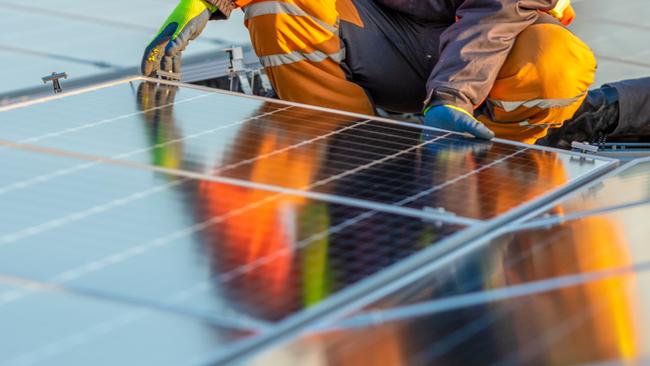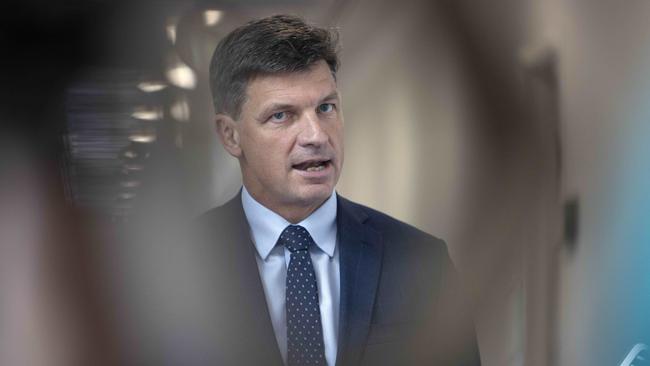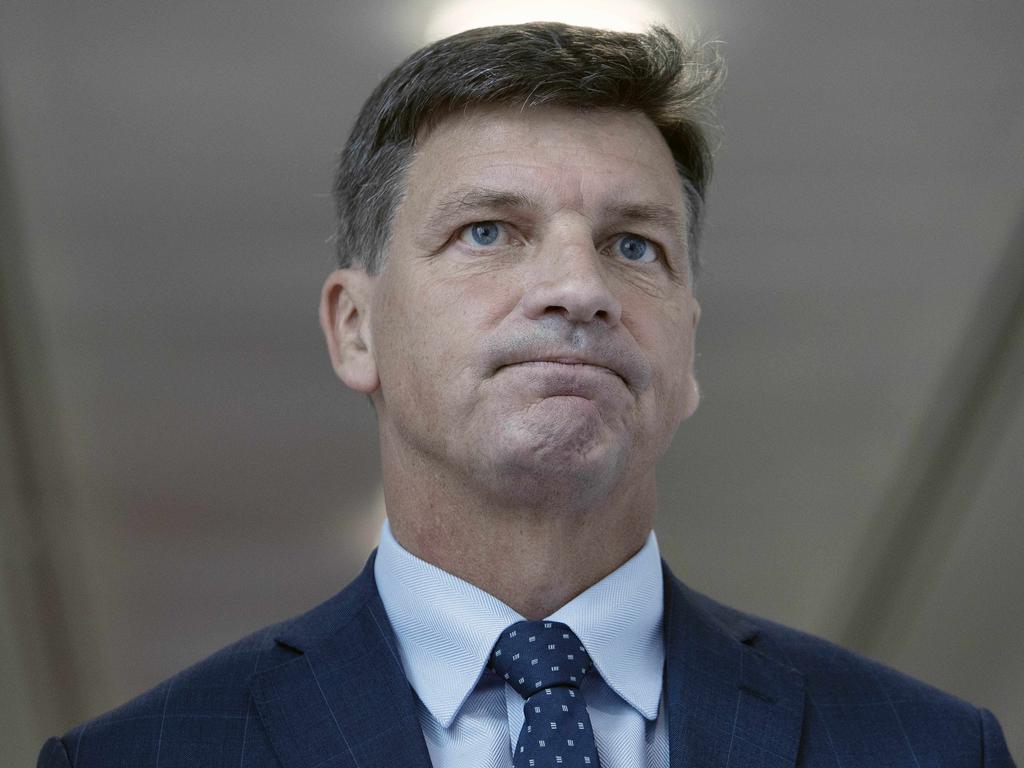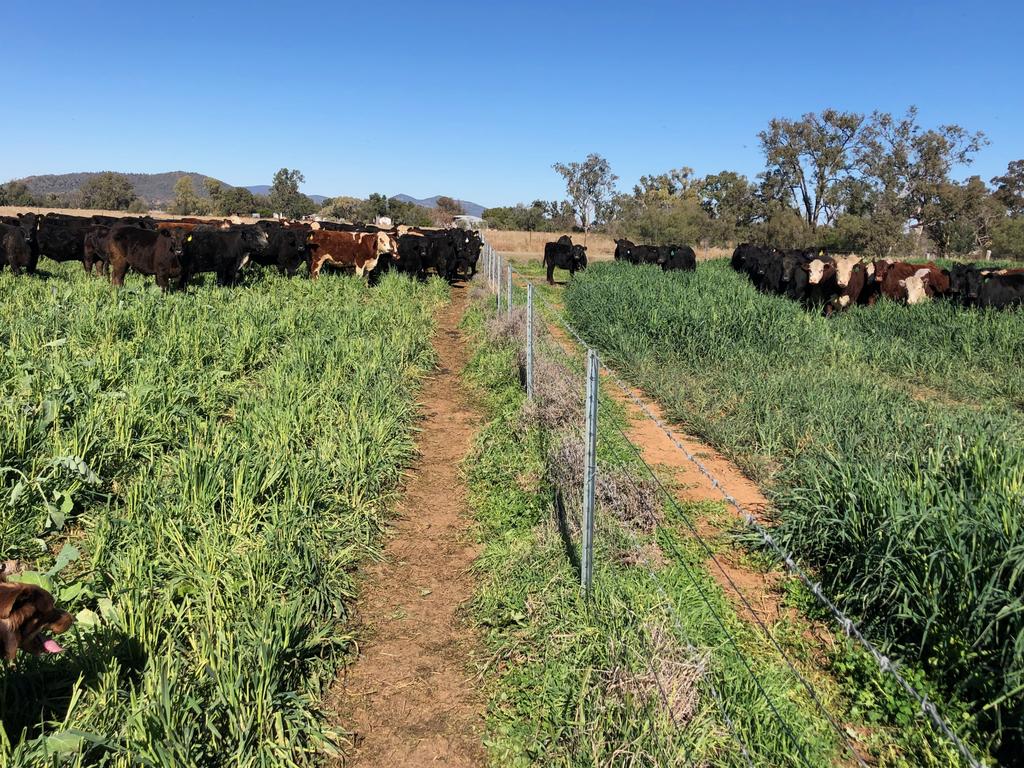
The practical reality is in terms of Australian emission reduction it doesn’t matter much what the Prime Minister says because the states have already set their landmarks and are doing the hard yards to get there. The feds may be using the benefits of state policies, but what all concerned want is some clear federal leadership to lay down national policy.
That is different from making lots of noise and grand political statements about technology against coffee conversations.
The $539m in new money going to “clean” hydrogen and carbon capture and storage is a case in point.
The latter is a technology abandoned in most jurisdictions and most people talk about green hydrogen that is powered by renewable energy, so once again Canberra is being obtuse when common sense would dictate clear guidelines.
Green hydrogen has the chance of being cost competitive and is the international benchmark, but “clean” hydrogen is a Scott Morrison word. Politically, Morrison can claim the credit for the hard work the states are doing when it is needed internationally or for domestic political needs.
The fact is the general community outside coalmining regions and corporate Australia is a mile ahead of Canberra on climate change, which is shown by the rush of solar-powered homes.
In coming weeks, federal Energy Minister Angus Taylor will respond to the Energy Security Board’s latest discussion paper on its post-2025 market design.
This offers a clear chance to show some leadership in presenting a national energy policy.
Instead, Taylor has preferred a model of doing individual state deals like that last week with South Australia and in the past with NSW and others.
Much of the focus has been on electricity, which accounts for about 34 per cent of emissions, or 160 million tonnes of carbon against 100 million tonnes for transport and 90 million tonnes for industrial users.
The electricity sector is well on the way to reaching its targets and the focus now is on managing down coal-fired power plants, which are set to close earlier than scheduled for the simple reason that they are fast becoming unprofitable.

That’s why forward-looking politicians like NSW Energy Minister Matt Kean have laid down plans like his energy road map to ensure the market supplies 12 gigawatts of power by 2030.
One gigawatt is 1000 megawatts and enough to power a small city for a year.
The logic behind the focus on energy is that once you have green power you can electrify everything else, including new farms of power like hydrogen.
Kean will be taking the next step after the May 22 by-election by making his plans known on transport and electric vehicles.
The energy industry is shooting the lights out in terms of meeting targets, so the hard work needs to come from transport and industrial users.
Still, the need for national co-ordination of energy policy is clear so you don’t have potentially conflicting state plans and at the end of the day the country is powered by a national grid.
This means that South Australia can claim what it likes on renewable power, but when the sun doesn’t shine and the wind isn’t blowing it needs to produce or import carbon-based power through coal-fired plants in Victoria, gas peaking plants or batteries.
Co-ordination is needed so there isn’t too much spent on the wrong things. That is why many don’t understand why Taylor wants AGL or Energy Australia to build a 1000MW peaking plant to cover the closure of Liddell in 2023 when market regulator AEMO is talking about a 25MW short fall.
Taylor says the answer is simple: the more supply the better the reliability and the lower the price, which is the sort of gold plating that has had the ACCC shaking its fists at the electricity transmission sector.
Carbon emission targets and energy policy are different issues, but their interrelationship is clear and, because a carbon tax is perceived as politically impossible, to let the market respond the energy sector is the initial focus.
To be fair to Taylor, he also has myriad plans in place for other sectors including agriculture. The missing element is a grand strategy statement to set the agenda nationally to let market forces reach the target.
Giving Latitude
Two years ago Latitude was tipping $1.3bn as a float value with $700m incoming from offshore institutions, $700m local and $300m retail, with the market value at the bottom of the range being $3.6bn. This was the height of the Hayne royal commission and banks were on the nose, which meant come decision day on the float, zero came from offshore and the float value was cut to $3bn.
On day two the stock is trading at $2.68, up from the $2.60 float price and a market value of $2.7bn.
Profits are down 20 per cent in the past year due to the early COVID hit, but the stock is trading on a forward multiple of around 10 times, down from the 11 times valuation last time.
Cornerstone investor Shinsei paid up $300m for 10 per cent at a $3bn market value.
Private equity vendors still own 60 per cent but can sell stock in August, then March and September next year with trading aimed to surprise on the upside to see an easy sales process.
House that spuds built
Smith’s Crisps turned 90 this year, testimony to the strong backing of global giant Pepsico and the 90 million kilograms of fresh potatoes it buys each year.
Pepsi is a $1bn-a-year business in Australia and, along with export brand Red Rock Deli, the humble potato has emerged as something of a local star. Pepsi has owned Smith’s for 23 years.
Harvested twice a year, potatoes are grown on one-in-three-year rotation by some 30 partner farmers, like Jason Menegazzo, who mixes the crop with lawn turf, cereals and legumes on his property near Wagga.
The folk from Pepsi are constant visitors, checking out the crops and testing new ideas like a potato that uses less nutrients, which means it’s cheaper to grow and more sustainable. The present staple is known as FL1867, which doesn’t feature on the shelves of the local greengrocer.
Smith’s started in the inner-Sydney suburb of Surry Hills. Frank Smith and George Ensor originally began making chips in 20 gas-fired cooking pots, before packing them by hand and seasoning with a “twist of salt”.
Danny Celoni’s team at Pepsi partners the farmers trialling new technology, like probes in the package to measure water usage and solid quality, as well as Zeaba — a plant-based soil enhancement product that reduces water usage, and potatoes that needless water and absorb less oil when cooked.
From seed to spud is a seven-year process.
Celoni said in an interview the COVID-19 pandemic led to increased demand because people were snacking more at home and his two processing plants in Adelaide and Brisbane moved to a 24-hour production to meet demand.






The drums are banging in breathless anticipation of what Scott Morrison will announce ahead of US President Joe Biden’s climate summit.